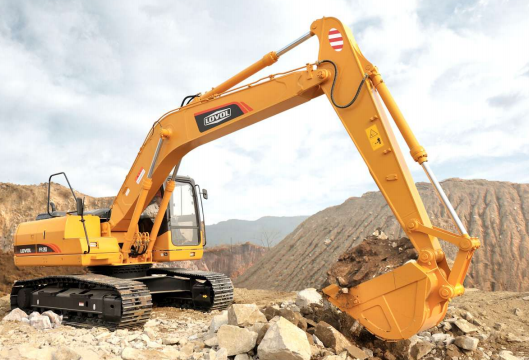Introduction
Media has played a significant role in shaping our society and culture. Over the years, various forms of media have emerged, each revolutionizing the way we consume information and entertainment. This article will take you on a journey through the evolution of media, focusing on the transition from broadcast to television and film. From the early days of broadcasting to the advent of television and the subsequent rise of the film industry, we will explore how these mediums have transformed our lives and continue to shape our world today.
1. The Rise of broadcast
The invention of the broadcast in the late 19th century marked a turning point in the history of media. broadcast broadcasting quickly gained popularity, becoming a primary source of news, entertainment, and communication. It brought people together, allowing them to listen to live music, news updates, and even sports events from the comfort of their homes.
Broadcast played a crucial role during World War II, serving as a means of disseminating information and boosting morale. Families would gather around their broadcasts, eagerly awaiting the latest news updates or tuning in to their favorite broadcast dramas. The power of broadcast to captivate audiences and create a shared experience cannot be overstated.
2. The Emergence of Television
The introduction of television in the mid-20th century revolutionized the way we consumed media. Television brought visual storytelling into our living rooms, captivating audiences with moving images and sound. It quickly became the dominant medium, surpassing broadcast in popularity.
Television not only provided entertainment but also served as a powerful tool for education and information dissemination. News broadcasts, documentaries, and educational programs became an integral part of people's daily lives. Television also played a significant role in shaping popular culture, with shows like "I Love Lucy" and "The Twilight Zone" becoming iconic.
3. The Golden Age of Film
While broadcast and television were thriving, the film industry was experiencing its own golden age. The advent of sound in movies, known as "talkies," revolutionized the film industry in the late 1920s. This breakthrough allowed filmmakers to combine visuals with synchronized sound, creating a more immersive cinematic experience.
The film industry flourished during the mid-20th century, producing timeless classics such as "Gone with the Wind" and "Casablanca." Movies became a popular form of entertainment, attracting audiences to theaters and providing an escape from reality. The rise of film stars and the glamour associated with Hollywood further fueled the industry's success.
4. The Convergence of Media
As technology advanced, the lines between broadcast, television, and film began to blur. The advent of cable television and the internet brought about a convergence of media, allowing audiences to access a wide range of content through various platforms.
Television shows and movies started to be streamed online, giving viewers the freedom to watch their favorite programs at their convenience. broadcast stations expanded their reach through online streaming, podcasts, and satellite broadcast. The convergence of media not only provided more options for consumers but also created new opportunities for content creators.
Conclusion
The evolution of media from broadcast to television and film has transformed the way we consume information and entertainment. Each medium has had its own unique impact on society, shaping our culture and influencing our lives. As technology continues to advance, we can expect further convergence and innovation in the media landscape. Whether it's through broadcast, television, or film, media will continue to play a vital role in connecting people, telling stories, and reflecting the world we live in.

 Multi-camera wireless video transmission
Multi-camera wireless video transmission Zero Latency Wireless Video Transmission
Zero Latency Wireless Video Transmission
 Designed for teleoperating the heavy equipment
Designed for teleoperating the heavy equipment Wireless high-speed data transmission
Wireless high-speed data transmission

